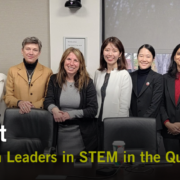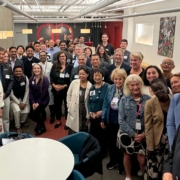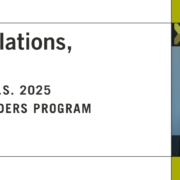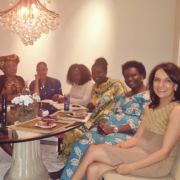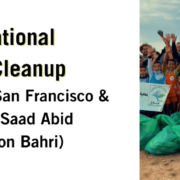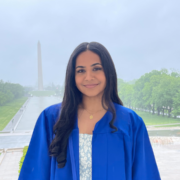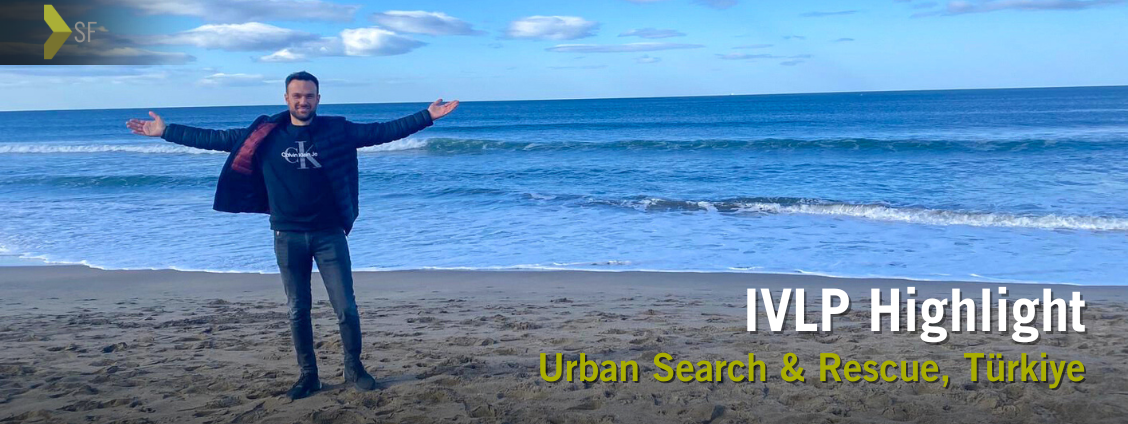
In collaboration with the Institute of International Education and the Office of International Visitors at the U.S. Department of State, Global Ties San Francisco had the privilege of implementing an International Visitor Leadership Program (IVLP) project for Türkiye entitled, Approaches to Urban Search and Rescue in the United States.
During their stay in the San Francisco Bay Area from January 23-28, 2025, our four distinguished emergency management professionals — firefighters and city planning experts from İstanbul — connected with their local professional counterparts to exchange best practices and address shared challenges related to urban search and rescue (USAR) operations, specialized USAR training, and the integration of earthquake science into disaster management strategies.
Professional Highlights
A key focus of the meetings was the history of earthquakes in the Bay Area and the broader state of California, with particular attention to the 1989 Loma Prieta earthquake. The 6.9-magnitude earthquake, which struck approximately 56 miles (90 kilometers) south of San Francisco along the San Andreas fault, marked a turning point in California’s approach to safe transit infrastructure and disaster management protocols. This event, along with the 7.9-magnitude San Francisco earthquake in 1906, which also occurred along the San Andreas fault, were defining moments in the region’s seismic preparedness and response strategies.
The group’s discussions highlighted the shared seismic risks between our communities, drawing remarkable similarities between California’s San Andreas fault and Türkiye’s East Anatolian fault—the geological location of two massive 7.8- and 7.5-magnitude earthquakes that devastated Türkiye and Syria on February 6, 2023. The parallels between our two earthquake zones give local and global seismologists much to learn from one another, offering a window for “earthquake diplomacy” between nations.
Further topics explored included the critical role of statewide earthquake data collection and dissemination systems, such as the ShakeAlert® earthquake early warning system, and how these technologies are used to inform and protect Californians. These discussions provided valuable insights that can enhance earthquake resilience both locally and globally.
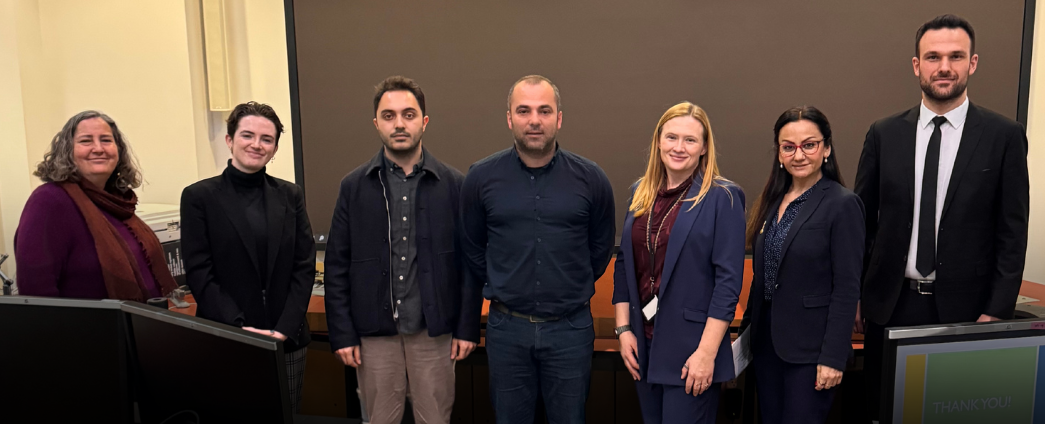
A discussion on emergency planning with the City of Oakland Fire Department’s Emergency Management Services Division highlighted shared challenges cities face during emergencies and demonstrated the value of exchanging best practices to maximize collective impact.
Cultural Experiences
Beyond their professional appointments, the visitors further enriched their understanding of the U.S. through a visit to the California Academy of Sciences, a group favorite due to its interactive shake room that simulates real earthquake experiences. Visitors particularly enjoyed this opportunity to explore a local earthquake preparedness and awareness center geared toward the public.
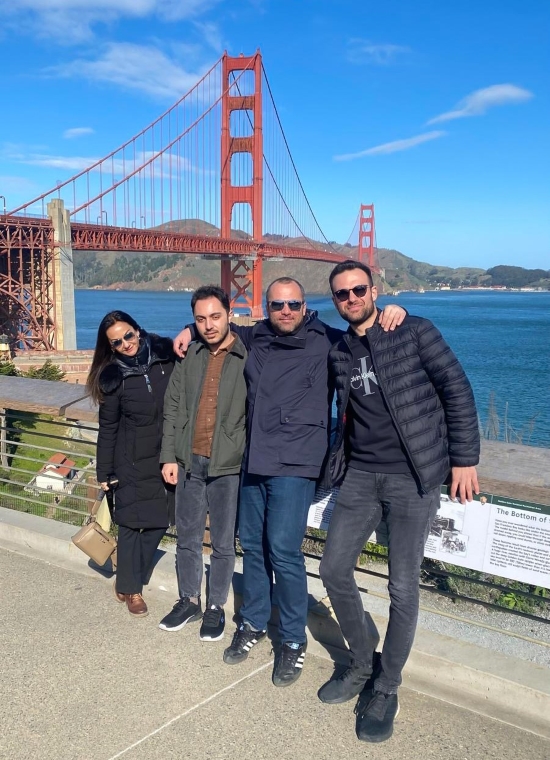
In addition, the international visitors enjoyed a special guided tour of San Francisco led by The Platinum Concierge, which took them through the City’s most iconic landmarks, including the Golden Gate Bridge, Golden Gate Park, Alamo Square and its famous Painted Ladies, Fisherman’s Wharf including Ghirardelli Square and the sea lions at Pier 39, Twin Peaks, Chinatown, North Beach, City Hall, Lombard Street, and Haight-Ashbury. One of the tour’s highlights was a visit to Ocean Beach, where participants had the chance to relax in the sand and take in the beauty of the Pacific Ocean.
International Collaboration
Overall, during their brief stay in the Bay Area, the international visitors engaged in productive professional discussions and enriching cultural activities. These interactions underscored the invaluable role of people-to-people exchange in addressing some of the most pressing challenges faced by the international community, particularly in fostering resilient communities that can withstand the impacts of environmental change and urban disasters.

